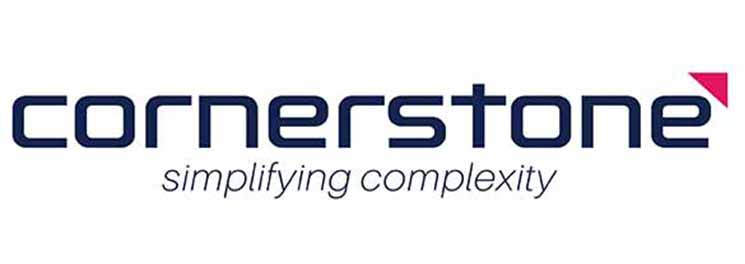
From Hindsight to Foresight: How Supply Chain Centres of Excellence Drive Resilience
Reactive supply chains risk falling behind. A Supply Chain Centre of Excellence provides the structure, insights, and agility to stay ahead—turning complexity into competitive advantage.
In today’s unpredictable business landscape, supply chains can no longer rely solely on efficiency. The past few years have highlighted the urgent need for resilience, adaptability and proactive decision-making. Agile and forward-thinking companies stay ahead, while those clinging to outdated, reactive models struggle to keep pace.
Establishing a Supply Chain Centre of Excellence (CoE) is one of the smartest ways to build a future-proof supply chain. A well-run CoE fosters collaboration, streamlines decision-making and puts data at the core of strategy.
Yet, many companies hesitate, worried about cost, complexity, or how it will fit into their existing operations. The reality is that a CoE does not need to be an added burden – it’s a strategic enabler that drives sustainable transformation and competitive advantage.
Shifting from reactive to proactive supply chains
Too often, supply chain management is stuck in reactive mode – scrambling to fix shortages and making decisions based on incomplete or outdated data. This approach isn’t just inefficient; it’s risky. When institutional knowledge is siloed, unexpected departures or absences can create operational blind spots.
A well-structured CoE transforms this approach by centralising expertise and standardising best practices. It acts as a hub for reliable data, eliminating outdated spreadsheets and disconnected systems. More importantly, it builds cross-functional collaboration, ensuring that supply chain decisions align with broader business goals.
Establishing a CoE isn’t about creating a new department and then searching for problems to solve. Successful CoEs start by addressing a specific pain point, proving their value early to secure leadership buy-in.
A strong starting point might be improving customer service levels, which can unify stakeholders and streamline decision-making. Many organisations face forecasting inaccuracies and inefficient workflows. A CoE focused on service level optimisation can leverage analytics to address these inefficiencies.
As the CoE proves its value – by enhancing customer satisfaction and optimising inventory – its scope can expand to other areas such as cost efficiency and process automation.
It’s not just about technology - culture matters too
While technology plays a crucial role in modern supply chains, it is not a silver bullet. Even the most sophisticated tools will fail if governance structures and cultural alignment are lacking. A CoE ensures that technology investments are fully leveraged and that decision-making is structured around long-term business goals rather than short-term fixes.
Despite the clear benefits, some companies hesitate to implement a CoE, thinking it’s too costly or disruptive. The irony is that many are already practicing elements of a CoE without even realising it. Rather than overhauling operations overnight, organisations can take an incremental approach to build on what they already have, while at the same time driving longer-term cultural change.
A CoE doesn’t have to be an all-or-nothing initiative. It can start with small, focused efforts, whether that be formalising existing best practices, setting up governance structures, or forming cross-functional teams to address specific challenges. The key is to start where there is already momentum. For some, that means enhancing supplier collaboration; for others, it’s about tightening up demand planning processes.
Beyond operational efficiencies, being part of a recognised CoE can lead to better employee engagement, retention and career growth. It signals to both current and prospective employees that the organisation values expertise, innovation and structured problem-solving. In a competitive talent market, this can be a crucial differentiator, helping to attract scarce supply chain talent and retain high performers by offering them opportunities for professional development within a best-in-class environment.
What’s important is recognising that doing nothing comes at a cost too – whether that’s inefficiencies, knowledge loss, or missed opportunities for strategic improvements. Businesses that take even incremental steps toward building a CoE position themselves for long-term resilience and success.
The future of supply chain excellence
Future-proofing supply chains isn’t just about reacting to disruptions or investing in the latest tools. It requires a structured approach that enables continuous improvement and operational agility. A Supply Chain CoE is at the heart of this shift, helping businesses move from reactive problem-solving to proactive strategy execution.
Companies that embrace this approach are already seeing the benefits – faster decision-making and seamless technology integration. Those that continue to operate in silos risk being left behind in an increasingly unpredictable world.
By committing to a Supply Chain Centre of Excellence, businesses are not just optimising operations; they’re building a smarter, more connected organisation that can evolve alongside the market. There is no one-size-fits-all approach – every company must move at a pace that aligns with its needs and culture. What matters most is taking the first step.





